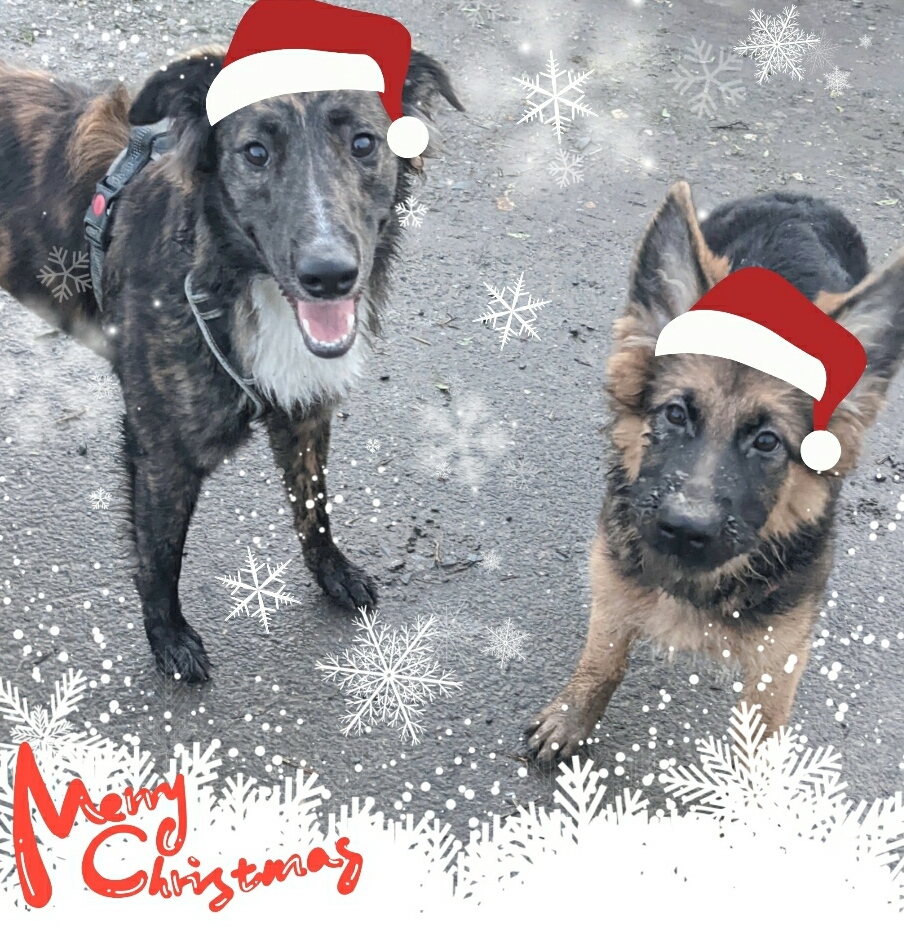Bunny Food
It’s often said that salad is “rabbit food” or “bunny food” – but how much of a salad can you actually feed to your pet rabbit? What other foods often thought of as “bunny food” should you avoid giving to your pet rabbit? What should be fed as “bunny food”?
* This is not an extensive list – check with your vet if you’re unsure or if the foodstuff is not included in this post. Be sure to check safe amounts for your age/ breed/ size of rabbit and their personal dietary requirements. Be sure to wash all fresh foodstuffs before feeding. *
LETTUCE
I feel like most people are surprised when I suggest keeping iceberg lettuce and other light coloured lettuces away from rabbits, as people often think of lettuce as “bunny food”.
Iceberg lettuce and other light coloured lettuces may contain a fluid known as lactucarium, which causes diarrhoea in rabbits. Being so high in water content, these also add very little nutritional value to their diet.
Some darker lettuces are safe to feed your rabbit but always in reasonable quantities. If in doubt, check with your vet what lettuces are safe to feed your pet and suitable serving size for your pets’ age, weight, and breed.

CARROTS & POTATOES
Not to say that carrots are bad for rabbits, but they are high in sugar and should only be fed in small amounts as a treat. Rabbits in the wild don’t naturally dig up root vegetables for dinner, much to the contrary of Bugs Bunny, who can often be seen munching on a carrot!
Fed in small quantities and certainly not every day, carrots can be a tasty treat for your long eared friend!
Avoid feeding any part of a potato to your rabbit. Being high in starch and carb’s, they do not really provide any health benefit to your bunny – as this can cause digestive issues, I would steer clear.
VEGETABLES
Bell peppers (no seeds), curly kale, bok choy, asparagus, parsnips, carrots (see above), cauliflower (including the leaves), celery, swede, courgette, peas, fennel, and mange tout are all safe “bunny foods”.
In small doeses: too much can cause gas to build up – brussel sprouts, broccoli, and cabbage.

FRUIT
No seeds – apples, melon, pumpkin, oranges, pears, kiwi, and grapes (not whole, (and raisins) as an occasional sweet treat) are all safe for your bunny.
Raspberries, blackberries, blueberries, strawberries, peaches (no stone), and pineapples (small quantities) are also safe for your bunny to eat.
FRESH HERBS
Basil, mint, parsley, coriander, dill, and thyme are all bunny safe herbs (fed fresh).
PLANTS
Grass is the obvious one here, but be sure this is fresh grass and never cut grass – particularly from a lawn mower. Avoid allowing you rabbit access to grass that has been treated with anything (pesticides, weedkiller, etc.) that could make your pet ill.
Nettles and clover are also safe for your bunny to munch on. As are dandelions, daisies, nasturtiums, hollyhock, sunflowers, bell flowers, and lavender – flowers and leaves. My first rabbit often had free run of the garden (supervised), but he would stay close to me if I was making a daisy chain (often with dandelions added to the chain) so he could munch away on it when I was done!
Daffodils, foxgloves, rhododendrons, tulips, lily’s, chrysanthemums, rhubarb, buttercup, ivy, holly, hemlock, iris, nightshade, hydrangea, and hyacinths are all plants which are TOXIC to rabbits. Unfortunately, that doesn’t always deter them – as a child, we lost a rabbit after she consumed daffodil bulbs!

HEALTH & DIET
BE AWARE that incorrect feeding can also lead to bloat in rabbits; the result of incorrect foodstuffs and/ or overfeeding treat foodstuffs can cause a build-up of liquid and gas, causing a blockage. Bloat is quite often fatal in rabbits – even within just a few hours.
THE BULK of your rabbit’s diet should be fresh hay (not straw) and grass – this helps keep their teeth worn down (rabbit’s teeth are constantly growing) and provides much need fibre for your bunny’s high fibre digestive system.
THIS IS followed by pellet rabbit food – muesli style rabbit food is fine if your rabbit will eat all items in the mix, every time; pellet food has all the same nutritional value but mixed into one (more boring looking) pellet so that rabbits cannot pick and choose what they eat, therefore aiding to ensure a good nutritional balance without deficiency.
BE SURE to adjust the meal size to accommodate any treats being given, so as to avoid overfeeding.
ALWAYS BE sure to refresh your rabbit’s water daily and make sure they always have access to fresh water. Some rabbits will kick substrate into water bowls and refuse to drink from the dirty water source, whereas bottles keep the water secure in a clean container. Whatever your rabbit’s preferences, be sure they have access to clean water.

CAECOTROPHY
Pronounced see-co-tro-fy is the process in which your rabbit will excrete caecotrophs, which are made up of nutrients that were not digested the first time round. These are soft pellets, which can be mistaken for soft poop pellets but are then eaten by your rabbit to go for round two through the digestive tract. If your rabbit does not appear to be doing this, take them for a vet check-up in case of underlying medical issues (such as physical pain or dental issues).
Rabbits eating indigestible poop pellets is known as coprophagy and is an undesirable behaviour; it is best to get this checked out.













